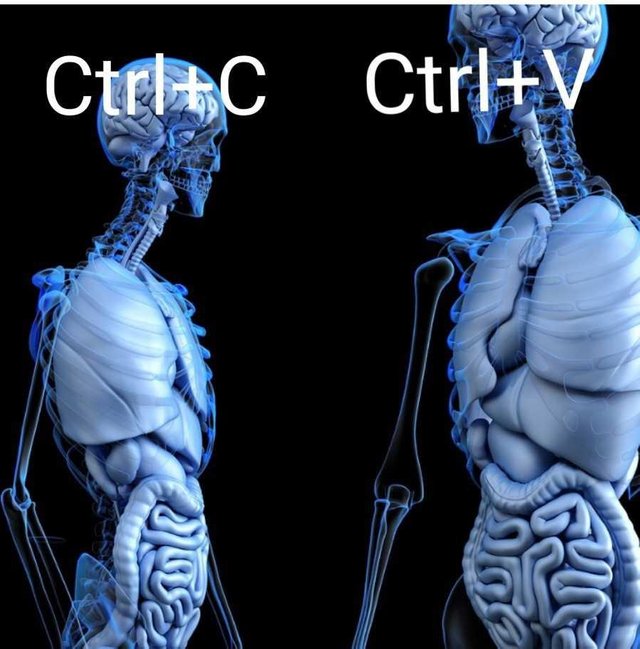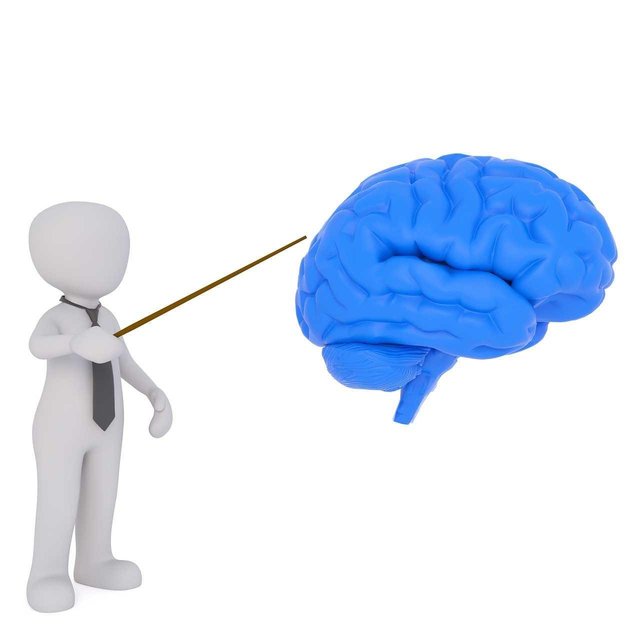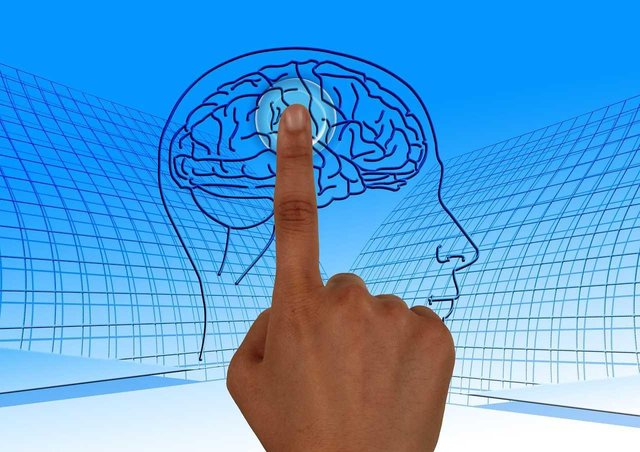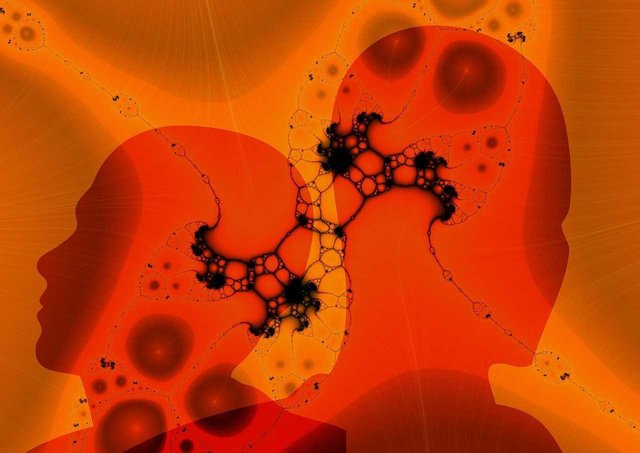Dream within a dream - Editing and inception of memories (Research Highlights)
Can we engineer dreams? Is there a way to specifically delete certain memories while keeping others intact? How to incept happy memories of the events that never happened?
Memories in the brain are created by strengthing of connections between a network of neurons, and you forget something when these connections are weakened. So how do you manipulate what connections are strengthened and which one becomes weak? Even more interesting will be, being able to create new networks to create fake memories. Well turns out that you may not be as lucky(or as unlucky) as some rats, who experience it first hand. The research is still in its infancy(let's say it's just a morula for now), but some really cool experiments suggests that the answer to all these questions might be - Yes.

Modified from pixabay
CC0
Engineering Dreams
Meet John. John is a just a normal guy, like you or me, except he had some unpleasant childhood experiences. John has difficulty learning new tasks. He get dreams he doesn't feel good about. But hey, John has watched Matrix. He wonders if he can control what his brain is thinking when he sleeps. Luckily, John has a friend who works in a neuroscience lab. His friend tells him that dreams are nothing but his brain spontaneously replaying his life expierences and consolidating memories(Walker and Stickgold, 2004). If only John could find a way to manipulate what his brain is processing during his sleep, he may have a shot at - not only getting rid of unpleasant dreams, but he can also fight his learning difficulty.
When John was young, his father told him about Pavlov's dog. He remembers that Pavlov used to ring a bell every time he would feed his dog. Then one day when Pavlov rang the bell, the dog started slivating even in the absence of food. The dog built an associative memory between the sound and the food. Curious John thought, what if he trains himself everyday for a certain task and associate some music with it. He can then play the same sound when he sleeps. This should make him dream about the associated task and strengthen his learning.
Well, John wasn't going on a wrong track. In 2012 Daniel Bendor and Matthew A. Wilson, showed that the replay of task happens during sleep and can be manipulated using task specific cues. They trained the rats to perform a task in a given spatial context and every time they played a tone along with it. The space context is important here. In 2014 Keffe, Moser and Moser won a Nobel prize, to show that spatial map of surroundings is made by the neurons in the hippoampus as we explore our surroundings(Moser et al., 2008). When we see the same place again the same sequence fires up. Based on this Bender and Matthew predicted that if they inserted electrodes and recorded from rat's hippocampus during learning, they should see a similar sequence of neurons fire up in hippocampus if rat was thinking about it, in its sleep. And they were right. But the fun part is they could control when this sequence would fire. Want to guess? It fired when they played the same tone that the rat heard during the training.
Will John be able to improve his learning and get over unpleasant dreams by using this trick? Or maybe he can even play some music he associates with good memories to feel good during sleep. Well that is for John to figure out.
Deleting specific memories - forgetting when you try to remember.
Well, for a person like John it is really hard to maintain relationships. Thanks to his behaviour, he broke up with his girlfriend, Alice. Alice is devastated by this break up. Not that she found being in relationship with John any better, but still, she wants to get over it. She wants to forget every memory of John she ever had. If John can use cues to activate memories during his sleep, can't Alice use cues to remember John and then tell her brain to specifically delete memory that just got activated? Well Alice has watched Eternal Sunshine of the Spotless Mind. She saw that there are two technician in the movie that come on request to delete memories. They make this person sleep, give them cues like music, smell, conversations to make them remember that event in their life. And boom! they delete all memory of that event. So Alice decides to give them a call.
Now assuming that these people could actually delete Alice's memory specific to the event related to John, how could they possibly achieve that? One possibility is taking advantage of what happens just after you have retrieved the memory. It has been observed that when you reactivate an old memory, that memory becomes fragile again, and have to undergo a process of reconsolidation in order to maintain it. (Tronson and Taylor, 2007). And it makes sense, if you think about the fact that you are always updating old memories with new information. Moreover, reconsolidation of old memories require your neurons to synthesize new proteins, just like it is required during consolidation of new memories. So in theory, you can inject a protein translation inhibitor in the brain(to block protein synthesis in the neurons), right after you remembered something, and you should be able to delete what you just remembered. Well, in fact this is what Nader et al., in Ledoux's lab observed for fear memories in year 2000, and then Artinian et all., 2008 observed this for spatial memories. Now some of you might think that stopping cells from making any proteins at all might be bit harsh on them. Well you are correct. Recently people have focused on more specific drugs, such as the famous antibiotic Rapamycin. Rapamycin inhibits mTOR in cells, the master protein translation regulator in neurons. And Rapamycin was able to recapitulate the effects of injecting a protein translation inhibitor(Jobim et al., 2012).
So, it is just a matter of what brain region and synthesis of which specific molecule to target for which kind of memory. I think using this approach, these guys from Eternal sunshine of the spotless mind, should be capable of helping Alice. They would just make her sleep, activate her memories using these cues and delete specific memories. Or maybe, Alice can just do it by herself. Knowing that memories are fragile and liable to modification after reactivation, she can just revisit the same places, listen to same music, but with a novel context(Dunsmoor et all., 2014). Let's just leave that choice up to Alice.
Inception of fake memories.
In an alternate universe, Alice decides not to undergo the procedure. Alice wants to give it a second chance. By this time John has engineered his dreams and have improved his mental health. In an unexpected happy ending, John and Alice get married and have babies together. The problem however is that both Alice and John don't want their kids to go to school, for whatsoever reason. Nonetheless, they want them to be able to learn all the subjects. Well they can home school them. But John being the crazy guy we know, has this crazy idea. Can't he just incept the knowledge of all subjects he had learnt into his kid's brain?
Turns out such technology is still very far away in the future. But hold your horses, not as far away as you may imagine. The major issue that John would face is that technology is highly invasive. Technically, he can use CRISPR(a gene editing tool) to insert a gene for light sensitive channel opsin into his kid's neurons. Now assuming that some technology provides him with neural maps of knowledge in certain subject, he can then shine the light on a similar map of neurons in his kid's brain, and create a fake memory.
Now the major challenge in achieving this feat has been the ability to shine light, and activate multiple neurons at the same time. Nonetheless, very recently Mardinly et all., 2018 got us a step closer to the solution. They first engineered an opsin, which was more sensitive to responding to light. Second, they also developed an array interface to activate multiple neurons, based on a holographic map of arbitrary memory trace provided to them. The limitation of their study was that they used a random arbitrary map of neurons to be activated. So it remains to be seen what would happen if they get a proper memory trace from one rat and print it on another rat's brain. This gets us to our second challenge in this feat. How to get memory trace from live animals.
Well, they could do that by implanting electrodes. But that's not what John would want in his head. A hypothetical possibility is to add another gene in human brain which gives a signal when neurons fire to make a memory. Gladly we know a good candidates for that - such as c-fos and Arc(Minatohara et all., 2016). So you can have a gene of Green Fluorescent protein(GFP), fused with promoter(region on the DNA that initiates expression of gene when it gets a signal) of c-fos and insert it into the animal's brain using CRISPR technology. Now if you look at memory trace of the animal after it has learnt something, you should see the entire map of neurons light up green. So hypothetically if you have a sensor gene(instead of GFP) that transiently activates on memory formation, and say, changes fMRI signal, you can record memory traces live as they form(must read Bartelle et all., 2016). Alternative to inserting yet another gene in a human, could be to have a small molecule that binds specifically to c-fos or Arc as they are expressed.
If these challenges can be overcome, the day is not far when John and his kid would just go to sleep. Then some technician will record memory trace from John by giving him cues about his knowledge in physics. Meanwhile, a second machine will use hologram of the memory trace to print this memory on his kid's brain. Though, I am not really sure if this kid would enjoy dreaming about physics.





Hi scienceblocks,
Visit curiesteem.com or join the Curie Discord community to learn more.
Congratulations,
you just received a 22.01% upvote from @steemhq - Community Bot!
Wanna join and receive free upvotes yourself?

Vote for
steemhq.witnesson Steemit or directly on SteemConnect and join the Community Witness.This service was brought to you by SteemHQ.com
Congratulations! This post has been upvoted from the communal account, @minnowsupport, by scienceblocks from the Minnow Support Project. It's a witness project run by aggroed, ausbitbank, teamsteem, theprophet0, someguy123, neoxian, followbtcnews, and netuoso. The goal is to help Steemit grow by supporting Minnows. Please find us at the Peace, Abundance, and Liberty Network (PALnet) Discord Channel. It's a completely public and open space to all members of the Steemit community who voluntarily choose to be there.
If you would like to delegate to the Minnow Support Project you can do so by clicking on the following links: 50SP, 100SP, 250SP, 500SP, 1000SP, 5000SP.
Be sure to leave at least 50SP undelegated on your account.